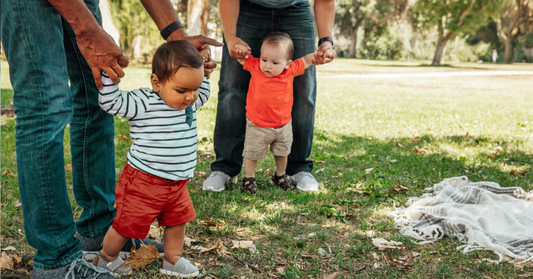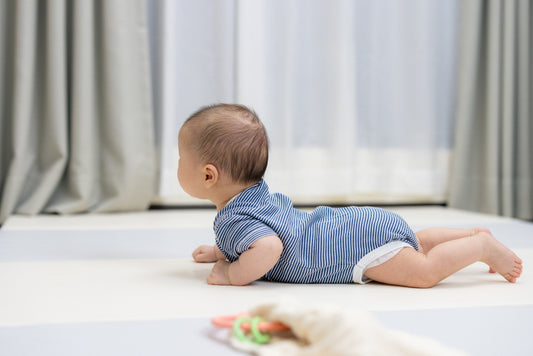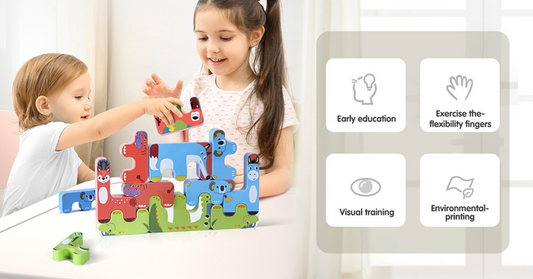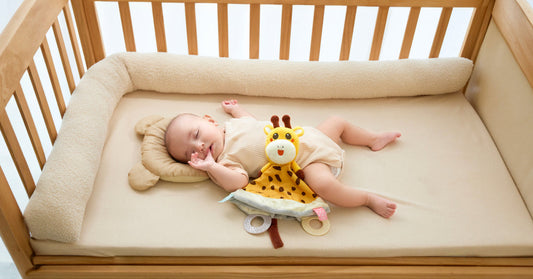Search for anything...
The 5 Stages of Sitting: How Babies Learn to Sit Up and How You Can Support Each Step
Parents often think of “sitting up” as a single milestone—something that seems to happen overnight. One week your baby folds forward like a noodle, and the next they’re suddenly perched upright,...
6 Everyday Habits That Undermine Your Baby’s Focus
New parents often develop routines that unintentionally undermine their baby's focus. This article explores six common habits: toy overload, interrupting independent play, rushing to pick up baby after waking, distracting during...
From Cot to Car Seat: How to Keep Your Baby Comforted on the Move
Transitioning from the cozy cot to the car seat can be challenging for little ones. This article shares practical tips to keep babies calm and comforted while traveling, using familiar sleep...
Don’t Mistake That Bounce for Standing: Baby’s Stepping Reflex Explained
At 4–5 months, a baby’s bouncing is a reflex or playful push, not an early sign of walking. Learn the truth about early standing, myths, and safe motor play.
10 Fun and Easy Ways to Boost Your 10-Month-Old’s Brain Development
At 10 months, your baby is busy exploring and making new connections every day. This article shares 10 fun, everyday activities that nurture your little one’s brain, language, and motor skills....
Sensory Toys for Toddlers: Are They Really Necessary After Age One?
Are toddlers 'too old' for sensory toys? Absolutely not! Learn how sensory play fuels motor skills, problem-solving, and social development in 2-3-year-olds
What Is a Lovey and Why Do Babies Love Them?
A lovey—a soft, cuddly blanket or plush toy—offers comfort and emotional security, helping babies self-soothe and sleep independently. This article explains the benefits of loveys, when to introduce them safely, what...
What is a Baby Security Blanket and Why Does Your Baby Need One?
Baby security blankets comfort infants and reduce anxiety. Introduce them at 5-6 months when separation anxiety develops. Choose breathable, hypoallergenic fabrics without detachable parts. Include the blanket during feeding and bedtime...
Share this page to








